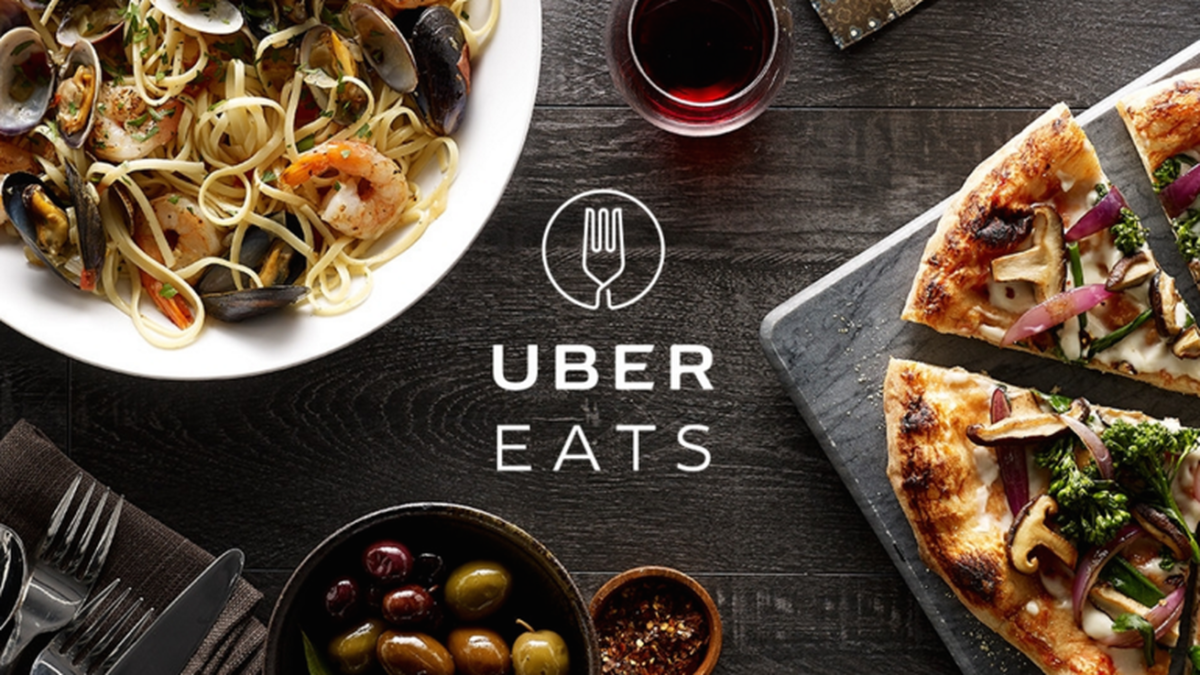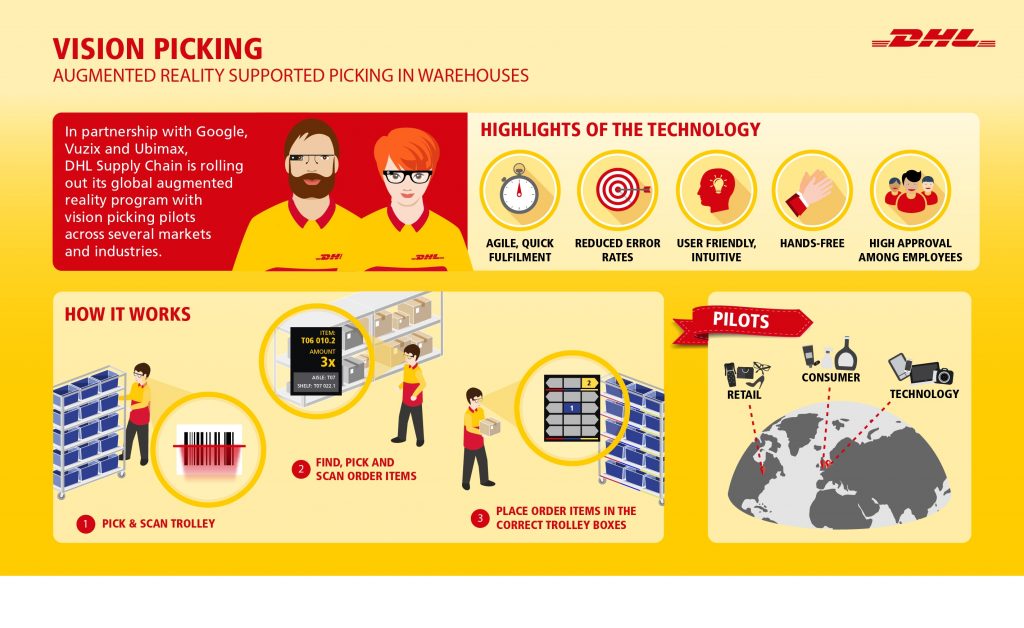In a bold move, Uber announced the launch of “UberEats” on September 29th 2016, just one day before online food ordering market leader Takeaway.com had its IPO on the Amsterdam Stock Exchange (Reuters, 2016). The Dutch Food Service Institute (FSIN) estimates that the Dutch online food ordering market will grow from 695 million euros this year to 1.5 billion euros in 2025 (Boogert, 2016). Considering that Takeaway.com, which operates in the Netherlands under the name Thuisbezorgd.nl, holds 80% of the market (Couzy, 2016), will UberEats actually stand a chance?
Online food ordering platforms take the role of a marketplace, matching consumers to restaurants that either have their own couriers or can make use of the courier service of the platform. The consumers can view the menu and complete their order on the platform. The platform then takes a % fee from the transaction. In terms of market dynamics, most restaurants choose to join one or two platforms with the most users, in order to limit the number of technologies they need to integrate with their systems. At the same time, consumers often opt for the platforms with the most restaurant coverage. This gives rise to a ‘winner-takes-most’ market (Financial Times, 2016).
UberEats is already active in 33 cities in 6 different countries, and Amsterdam is the first city in the Netherlands that it is currently providing its services to. Its key value proposition? UberEats does not charge delivery costs, there is no minimum order amount, and it offers a tracking option (RetailNews.nl, 2016). Sound familiar? It’s the same way you can track your assigned driver in the Uber app! You can even order a sandwich from a restaurant from the other side of town – but in this case, it will not always be delivered within the normally guaranteed 20 minute time frame. By letting go of these conditions, that are generally the norm in this market, UberEats could be in a good position to threaten its competitors: Thuisbezorgd.nl, Deliveroo and Foodora. Furthermore, the company also aims to leverage on the thousands of consumers who already have the Uber app on their phones, who can be redirected to UberEats within the app (Couzy, 2016).
However, it is yet to be seen if consumers that are loyal and satisfied with one platform are willing to switch to a new one. Deliveroo and Foodora are currently the two fastest growing delivery businesses in Amsterdam. Both charge 2.50 euros for delivery and set a minimum order value of 12.50 euros. However, both have set up platform exclusivity agreements with several restaurants, which may pose a challenge for UberEats. Furthermore, Thuisbezorgd.nl’s delivery service does not charge any delivery costs; however, this only makes up 1% of its total order revenue. For the other 99% of its orders, where the restaurants deliver the food themselves, it is tied to the delivery costs and minimum orders the restaurants set themselves (Couzy, 2016).
UberEats’ business model could stand out in this ‘winner-takes-most’ market by leveraging Uber’s overall competitive advantage: its high level of efficiency, which may allow the business to deliver the food more quickly and at a lower cost. This could have a significant impact on the current industry model. For example, it could give rise to new restaurants that cater purely to the delivery market. Restaurants wishing to make use of UberEats’ service could locate themselves in locations with lower rent, enabling them to lower their consumer prices. In the future, UberEats could even consider extending its services with Uber’s UberX cabs to deliver food to customers.
What do you think about UberEats entering the online food ordering market in the Netherlands? Do you think it will be able to disrupt the current market, and perhaps even envelop its competitors’ platforms?

Sources:
- Boogert, E. (2016). Markt thuisbezorging voedsel verdubbelt. [online] Emerce.nl. Available at: http://www.emerce.nl/nieuws/markt-thuisbezorging-voedsel-verdubbelt [Accessed 4 Oct. 2016].
- Couzy, F. (2016). UberEats is vastbesloten de bezorgmarkt op te schudden. [online] Financieele Dagblad. Available at: https://fd.nl/ondernemen/1169051/ubereats-is-vastbesloten-de-bezorgmarkt-op-te-schudden [Accessed 4 Oct. 2016].
- FD.nl, (2016). Aandeel Takeaway stijgt fors bij beursdebuut. [online] Financieele Dagblad. Available at: http://2F%2Ffd.nl%2Fbeurs%2F1169584%2Ftakeaway-com-voor-23-per-aandeel-naar-de-beurs [Accessed 4 Oct. 2016].
- Financial Times, (2016). Just Eat, Delivery Hero and Takeaway.com fight for dominance. [online] Ft.com. Available at: https://www.ft.com/content/cfa6d3d8-a285-11e5-8d70-42b68cfae6e4?siteedition=intl&_i_location=http%3A%2F%2Fwww.ft.com%2Fcms%2Fs%2F0%2Fcfa6d3d8-a285-11e5-8d70-42b68cfae6e4.html%3Fsiteedition%3Dintl&_i_referer=&classification=conditional_standard&iab=barrier-app [Accessed 4 Oct. 2016].
- Fortune, (2016). Job Ads Show Uber Expanding Meal Deliveries in 24 Countries. [online] Fortune. Available at: http://fortune.com/2016/09/26/uber-meal-delivery-international/ [Accessed 4 Oct. 2016].
- RetailNews.nl, (2016). Uber bezorgt eten per fiets in Amsterdam. [online] RetailNews. Available at: http://www.retailnews.nl/nieuws/9IQrmDbkRCCHCZAp1HFowg-0/uber-bezorgt-eten-per-fiets-in-amsterdam.html [Accessed 4 Oct. 2016].
- Reuters, (2016). Takeaway.com valued at 993 million euros in IPO. [online] Reuters Technology News. Available at: http://www.reuters.com/article/us-takeaway-ipo-idUSKCN1200KJ?il=0 [Accessed 4 Oct. 2016].




